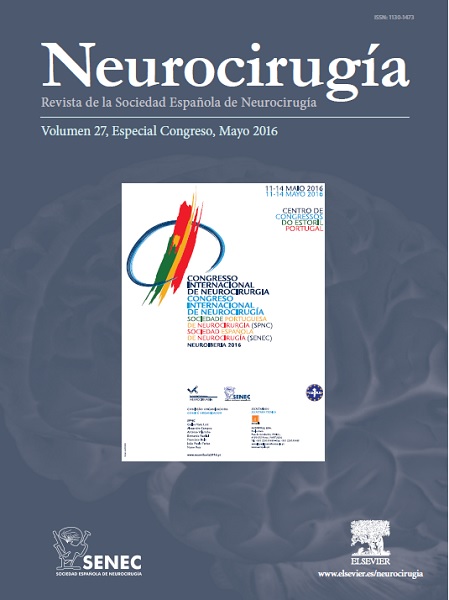O-FUN-31 - BILATERAL PALLIDAL DEEP BRAIN STIMULATION FOR DYSTONIA. ANALYSIS AND CORRELATION OF IMAGING, ELECTROPHYSIOLOGICAL AND ANATOMICAL FEATURES WITH THE CLINICAL OUTCOME
1Neurosurgery Department; 2Movement Disorders Unit, Neurology Department; 3Neurorradiology Department, Hospital General Universitario Gregorio Marañón, Madrid.
Objectives: Analyze the clinical outcome of patients with dystonia after bilateral pallidal stimulation. Compare the final electrode location and correlate each location with normalized imaging scans, electrophysiological recordings (ER) and clinical outcome.
Material and methods: We retrospectively reviewed 18 consecutive cases of deep brain stimulation (DBS) for dystonia at our institution, between 2000 and 2015. Clinical outcomes were measured by the Burke-Fahn-Marsden-Dystonia Rating Scale (BFMDRS) and/or Toronto-Western-Spasmodic-Torticollis Rating Scale (TWSTRS). Two neuroradiologists blinded for outcome analyzed the anatomical location of electrodes.
Results: 18 dystonia patients were included: 5 primary, 6 generalized, 6 cranio-cervical idiopathic and 1 tardive symptomatic segmental. Mean follow-up was 51 months. 15 patients were good responders (GR) with mean improvement of 61.5% in BFMDRS and 54.5% in TWSTRS. 3 patients were bad responders (BR) (2 generalized and 1 segmental). Exact location of electrodes was available in 11 patients (22 electrodes). Maximal deviation was 2 mm, in one electrode of 4 patients: 2 GR, 2 BR. No difference was found between the type of electrode. Mean total electrical energy delivered in one second (TEED1) per electrode was 132.3 J in GR and 184.9 J in BR. Statistical analysis failed to prove a correlation of small deviation with a worse outcome (p = 0.10), that may be masked by the clinical type of dystonia and compensatory elevation of TEED1.
Conclusions: Bilateral pallidal stimulation is an effective therapy for dystonia. We have found no evidence that small deviations from the planned target (< 2 mm) in one electrode may originate a worse outcome.







